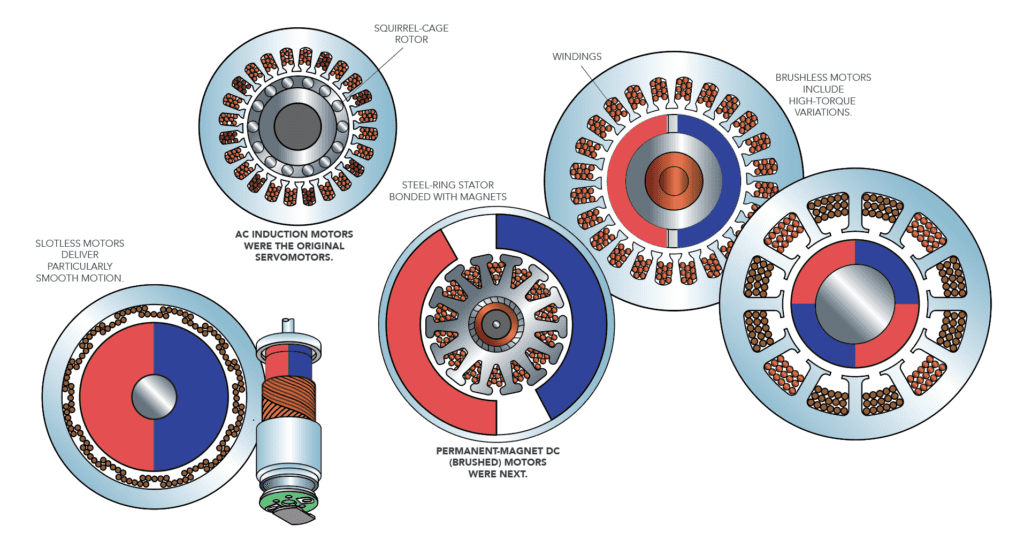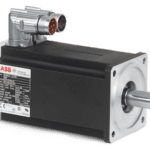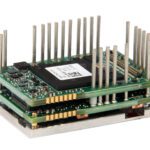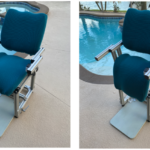 As we close out the year of 2022, the staff of Motion Control Tips would like to present our most-read articles of this year.
As we close out the year of 2022, the staff of Motion Control Tips would like to present our most-read articles of this year.
(5th) most read: Electric actuators — an alternative to hydraulic cylinders
This article details how as electric rod-style actuators have become capable of outputting forces comparable to those of high-end hydraulics, they’ve begun to replace hydraulic systems. Evaluating capabilities and limitations and aligning them with system goals and objectives will help determine the best choice — electric actuator or hydraulic cylinder — for the application.
Electric rod-style actuators become capable of delivering forces comparable to those of high-end hydraulics, they’ll become increasingly viable replacements for hydraulic systems in many applications. Evaluating capabilities and limitations and aligning them with system goals and objectives will help determine the best choice for the application.

(4th) most read: Which types of dc motors can be used as servomotors?
Although many servo applications use synchronous AC motors, DC motors can also be used in servo systems. As this article explains, synchronous AC motors are typically brushless — with the exception being universal motors, which are mechanically commutated with brushes and able to run on either AC or DC power supply. Likewise, DC motors used in servo systems are most commonly brushless (BLDC) motors …

(3rd) most read: What are digital twins and how are they used in industrial manufacturing?
According to the Digital Twin Consortium, a digital twin is “a virtual representation of real-world entities and processes, synchronized at a specified frequency and fidelity.”
More specifically (as this article clarifies) a digital twin is a digital version of a real-world component, machine, or process that exactly replicates the real-world system. The digital twin is created from data regarding the physical and operational characteristics of the product, machine, or process — including everything from the bill of material and mechanical properties, to control logic and operational status … read more at the link.

(2nd) most read: Selecting the right motor-battery combinations for battery-powered commercial equipment
New commercial equipment designs continue to drive smaller, lighter, and more mobile solutions. This has spurred an accelerating transition from traditional wired designs to battery-powered equipment. Of course, proper motor selection is key to optimizing the performance of any automated equipment. However, battery-powered applications demand consideration of an additional factor — that of motor and battery interactions. This article reviews the process for selecting motor-battery combinations that are suitable for commercial equipment.

Most read: When is motor output power a useful specification — and how is it calculated?
In motion applications, motors are typically chosen based on their torque and speed capabilities, using a torque-speed curve that describes the motor’s performance when paired with a specific type of drive and operated under specific conditions. But motors can also be rated or specified by their output power. This article details how output power is calculated and when this is a useful specification for selecting a motor.

Though not published in 2022, here are a couple more articles that readers this year found particularly useful.
This article details how commutation is to ensure that the torque acting on the armature is always in the same direction. The voltage generated in the armature is alternating in nature, and the commutator converts it to direct current …
Why are starters used with DC motors?
In this Motion Control Tips classic, the editors explain how starters are used to protect DC motors from damage that can be caused by very high current and torque during startup. Starters do this by providing external resistance to the motor, which is connected in series to the motor’s armature winding and restricts the current to an acceptable level. To illustrate why DC motors experience high startup current, this article goes on to examine the voltages in an operating DC motor …







Leave a Reply
You must be logged in to post a comment.